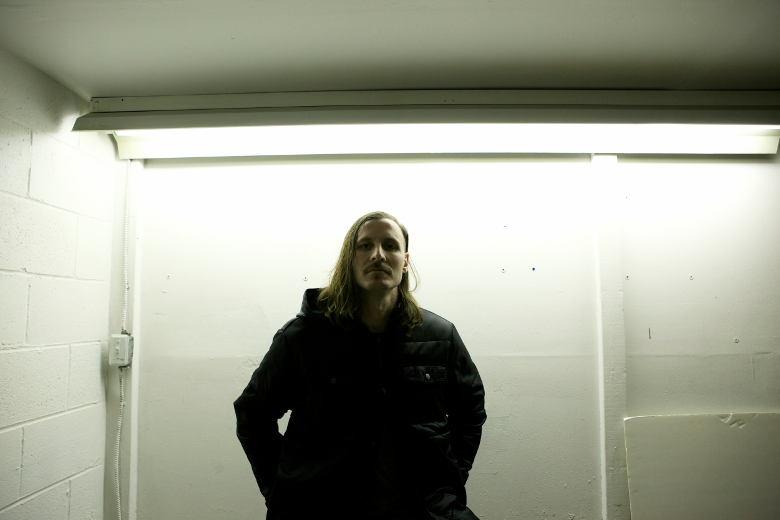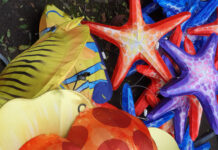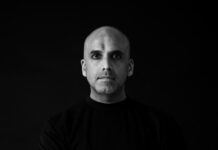Back to your new album. Melodies seemed to me a bit more present than in past works of you. I had the impression that I could follow them more easily.
I wanted to have this rhythm of collision, like repeating similar small phrases over and over again. And I feel that there are parts of the record where it creates this strange sensation of being kind of pummeling and intense at the same time as being serene and entrancing.
How did you transform the leading topic of microplastic into sound?
It’s a tough question to answer because I start with objectives, with parameters and then I just try my best to execute them. The answer to the question is: a hundred days in the studio, basically. And a series of thousands and thousands of small decisions. Whether I achieved what I was trying to do is the question now that the thing is done and finished for over a year. Maybe. It feels and sounds the way that I was hoping for.

Besides producing music and doing DJ gigs you also have a regular “Halocline Trance” radio show on NTS. The first part of December’s show was given to the author and researcher Christina Sharpe who read from her book In The Wake. On Blackness and Being. She writes about individual experiences as well as transatlantic slavery and its links. The album of your project Ceramic TL is said to explore “the theme of ecological destruction”. So your activities and work touch issues of society. Would you consider it as political?
I think it is. I think that my embrace of ambiguity is changing. I’ve been doing music full time now for almost six or seven years and like any human being, certain ideas of mine have evolved or changed certainly as a reaction to things that are going on in the world. I feel like I want to be less and less ambiguous as I grow as an artist and as the world progresses in the way that it is. That said, I still don’t feel like I’m in a place where I want to be didactic, instructive or preachy in what I do, but I think that it’s important for me to have these details, these elements of specificity. Overall as a body of work, there’s a lot of abstraction, a lot of space for individual interpretation. Christina is a really amazing artist. That book in particular really toggles brilliantly between specific, worldly, personal, historical and autobiographical things. Also these conceptual ideas, that are kind of hazy, are amazing: This long, extended metaphor about the boat’s wake, the Middle Passage or these continuities that exist over the course of multiple centuries. I’m inspired by both – by the specific things she says and also how she says them, which is simultaneously specific and abstract. It’s not just a literary or musical device to pivot between those two things. The things that I want to say I feel strongly about, but there’s still a level of confusion. I’m still processing a lot about personal things or environmental stuff, which has showed on a lot of the last few records. Maybe sometimes it’s dishonest for artists to be so firm about the things that they say to be so final. At least that’s how I feel. I want this kind of uncertainty that exists in me in an honest way to show up in the work.





